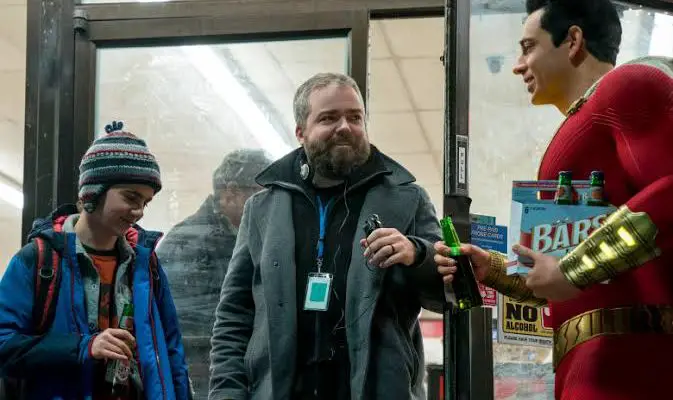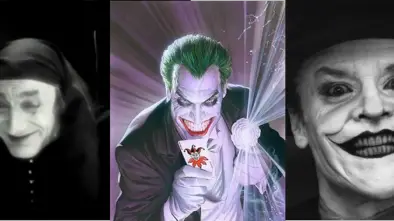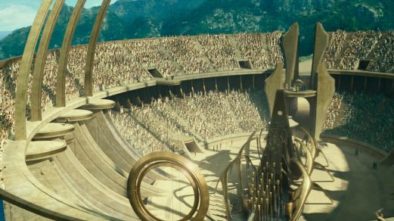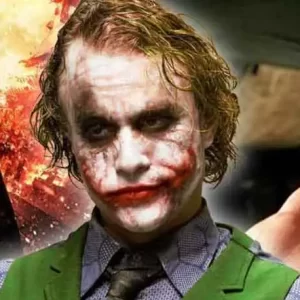Shazam! Director David F. Sandberg Explains 3D Conversions
David F. Sandberg continues to offer advice to budding filmmakers. He did a great video on how Hollywood test screens blockbusters. Now, he’s giving sound advice on converting a 2D-shot film into 3D to celebrate his purchase of Shazam! 3D. The director of Shazam! then posted a series of tweets which visualized the difficulties of 2D to 3D conversions.
Avatar reinvigorated 3D back in 2009. The film’s monster box office takings saw every movie studio jumping on the bandwagon. Big budget films were post-converted with mixed results. Clash of the Titans ranks as one of the worst efforts, while Marvel has turned out competent 3D conversions. Some filmmakers like Ang Lee and Martin Scorsese even shot films in 3D. But the love affair with 3D was short-lived. Audiences didn’t want to pay extra for mostly rushed, substandard 3D post-conversions.
But Shazam! hasn’t brought 3D conversion back. Studios have steadily released 3D conversions of most big budget films, despite the fact, that it really only works well if the film was initially shot with 3D conversion in mind. Despite, the upcoming Avatar sequels no films are exactly embracing the idea of shooting in 3D.
However, those interested in all things filmmaking will find Sandberg’s post insightful. And we have it all laid out for you below.
I used to think that for 3D conversions they use the 2D footage as one eye and then just create a second eye but they actually create two new eyes. The original footage is sort of a center view. pic.twitter.com/smsn06nvlU
— David F. Sandberg (@ponysmasher) February 25, 2020
Suddenly you see all the warping and trickery used. Things are enlarged to cover up more background rather than re-creating the background, things are erased to solve problems, etc.
Look at these guys raving! *unts unts unts* pic.twitter.com/Rso0I3UWjs— David F. Sandberg (@ponysmasher) February 25, 2020
Sometimes you get a background object covered up in one eye but visible in the other eye which gets uncomfortable. That was the case with the fire behind Sivana in this shot, so for 3D that fire was painted out to spare you the headache. pic.twitter.com/J2gz0eyYyT
— David F. Sandberg (@ponysmasher) February 25, 2020
Normally I prefer my 3D to go deep into the screen rather than pop out. But a problem with 3D is "ghosting". When you have a bright object against a dark background, the two angles of the bright object can end up visible in both eyes.
— David F. Sandberg (@ponysmasher) February 25, 2020
This is what it WOULD look like if the convergence was at the girl in the foreground. In a theater this would look like the screen is a window and everything is behind it. pic.twitter.com/DLLJEaw72f
— David F. Sandberg (@ponysmasher) February 25, 2020
I used to be a much bigger 3D fan. Loved my ViewMaster as a kid, loved my Nintendo 3DS as well as my old timey 3D viewer bought in an antique store. The concept of 3D is awesome. pic.twitter.com/4ATg43CpZu
— David F. Sandberg (@ponysmasher) February 25, 2020
I've seen a ton of movies in 3D but when I think back on them my memories are in 2D. I don't remember the 3D. Maybe that's just me though.
— David F. Sandberg (@ponysmasher) February 25, 2020
By the way, the people who convert movies really get the short end of the stick. VFX are finished last minute and they can't convert shots until then. They have to do a ton of very difficult work in very little time. Hats off to the 3D conversion folks!
— David F. Sandberg (@ponysmasher) February 25, 2020




